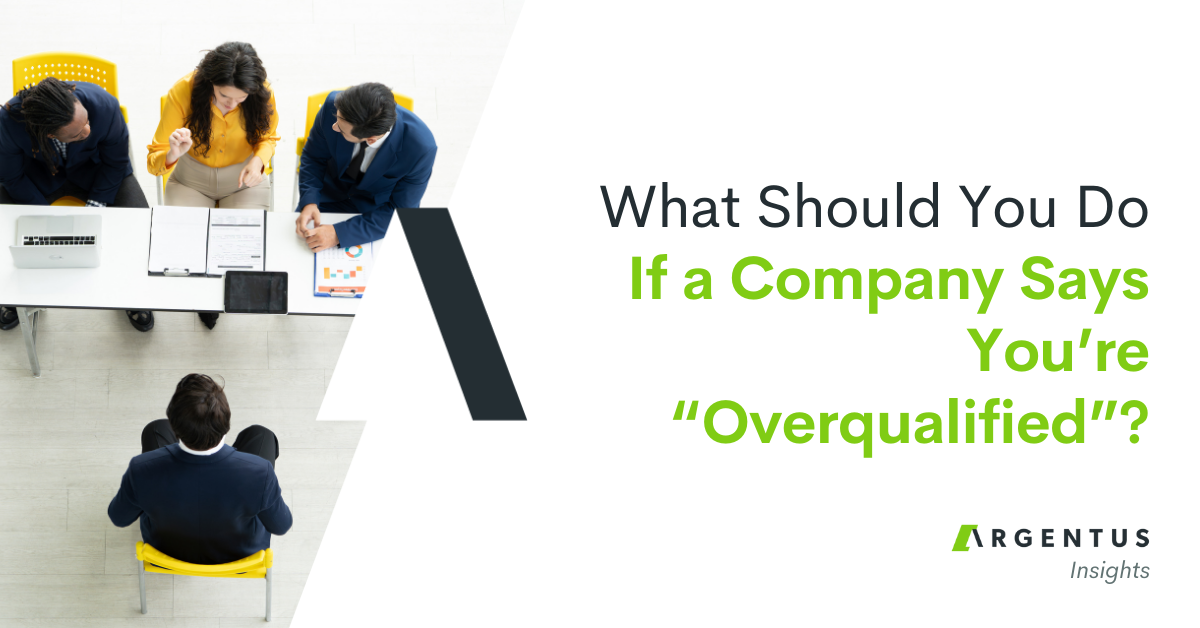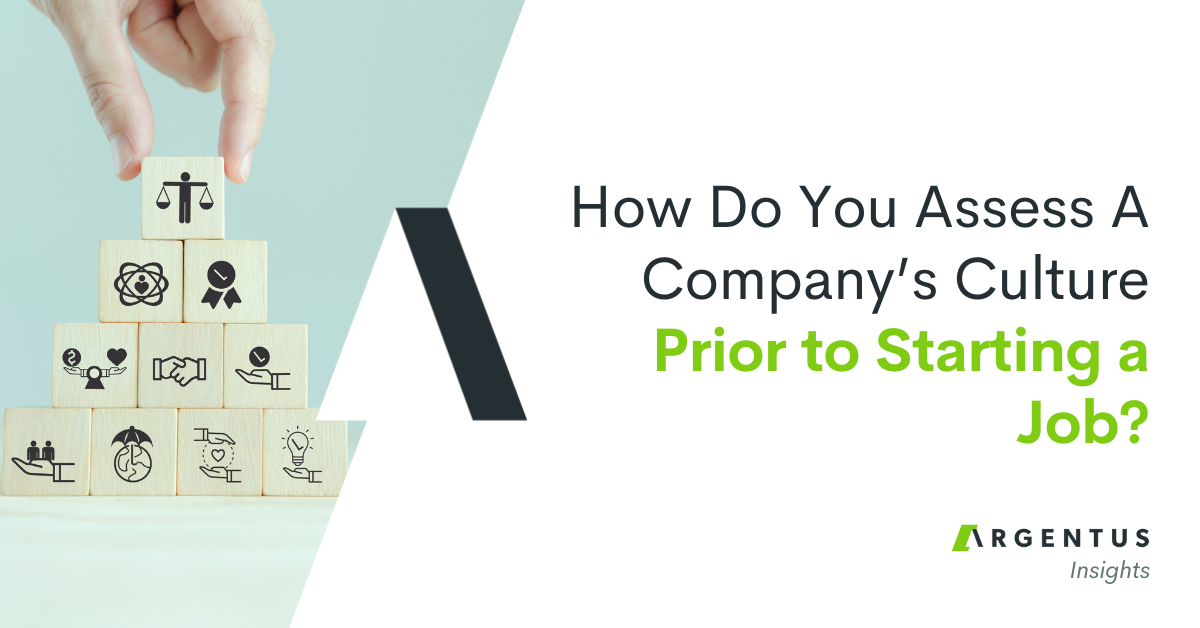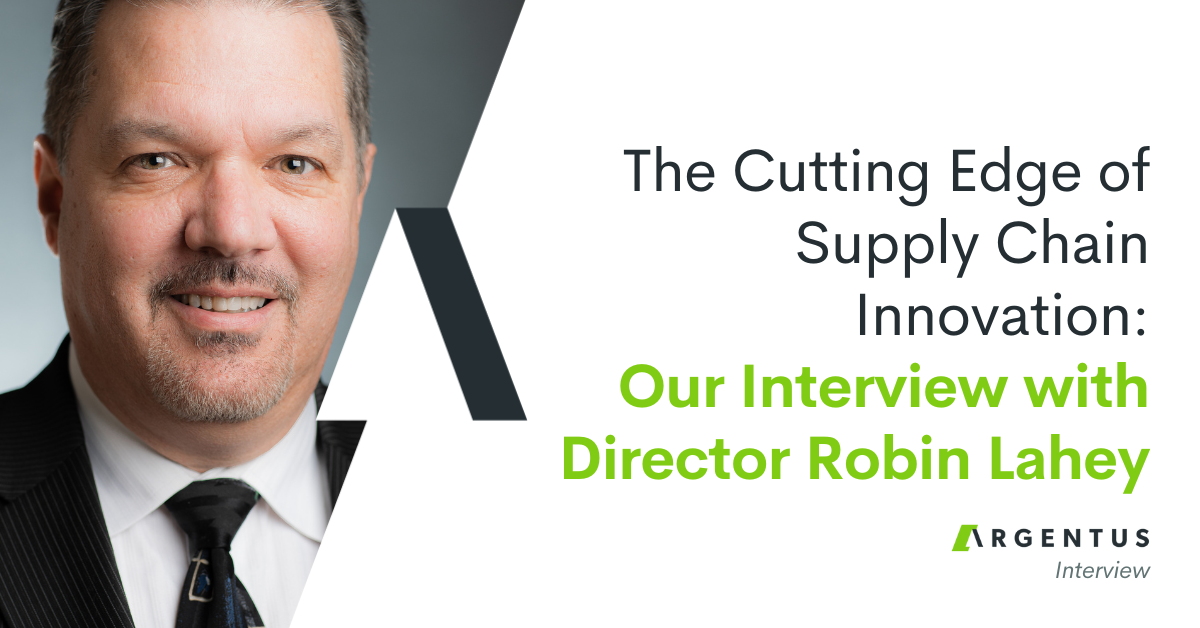
Anyone who follows the Supply Chain industry anticipates the annual release of Gartner’s ranking of the Top 25 Global Supply Chains. Every year, the research and advisory company compiles its list in an effort to recognize supply chain leadership and excellence – and some top industry pundits spend time predicting what the list will have in store the way you might predict, say, the baseball season.
On May 19th, during the Gartner Supply Chain Executive event held in Phoenix, Gartner announced this year’s ranking, with some surprises. This year’s ranking features some new and returning companies. It also features a new metric to identify leaders in Corporate Social Responsibility, which includes green initiatives, sustainability and efforts to stamp out unethical practices in extended Supply Chains. This metric is based on standard third-party reporting such as for carbon disclosure and the DJSI. A renewed emphasis on social responsibility is one of the biggest Supply Chain trends of the year, so it’s exciting to see Gartner incorporate it into how they assess the best Supply Chains alongside more traditional metrics like inventory turns, revenue growth, ROA, and the all-important peer opinion voting.
We highly encourage you to check out the full report, which highlights key trends as well as describes the methodology used to determine the results. But in the interests of expediency, here are Gartner’s Supply Chain Top 25 for 2016:
Masters: Apple and Proctor & Gamble
- Unilever
- McDonald’s
- Amazon
- Intel
- H&M
- Inditex
- Cisco Systems
- Samsung Electronics
- The Coca-Cola Co.
- Nestlé
- Nike
- Starbucks
- Colgate-Palmolive
- 3M
- PepsiCo
- Walmart
- HP
- Schneider Electric
- L’Oréal
- BASF
- Johnson & Johnson
- BMW
- GlaxoSmithKline
- Kimberly-Clark
- Lenovo Group
These companies represent continued leadership, excellence and innovation in Supply Chain. To help dig into the list and assess trends and changes from the previous year, we spoke to Gartner’s Michael Massetti. Michael is an Executive Partner in Supply Chain who advises top companies on how to improve their performance. While he’s not on the research side of Gartner’s operations, he still had a lot of insight to share about the Top 25 List and the Supply Chain trends it represents.
New Companies Make the List:
Three companies on the list are brand new: Schneider Electric, BASF, and BMW. GlaxoSmithKline and HP have returned to the list after an absence. Michael had some insights about what enabled these companies to make the jump into having best in class Supply Chains. European companies scored higher on the CSR metric on average.
“All of them were near the top on the Corporate Social Responsibility index,” says Massetti. “Collectively, there was solid overall financial performance and with inventory turns.”
“Schneider has been an honorable mention in the past,” he says. “They’ve been working to centralize their Supply Chain. Their operational performance has improved. They’ve been working on their S&OP, global network optimization and leaning out the back end of their Logistics and Distribution functions.”
“HP came back onto the list,” says Massetti. “They were super high on CSR. They’ve been working on order fulfilment which sits very high on Gartner’s hierarchy of Supply Chain metrics. HP is still a great name with great brand recognition. They scored pretty high in the voting, but their performance in other areas pushed them pretty well.”
“BASF was another perfect social responsibility score. They’ve been working to digitize their Supply Chain. They’ve been differentiating and segmenting their Supply Chain service to improve their performance.”
“BMW is another new entry. Personally, I hadn’t realized how much they’ve grown in the past 15 years, but it’s a lot. Another perfect score on social responsibility. They’ve been investing in Supply network visibility, as well as digital manufacturing as part of the industry 4.0 program. Adding robotics to help reduce accidents, improve workforce efficiency will help to improve cycle times and quality.”
“GlaxoSmithKline returns for the first time in 9 years,” says Massetti. “They had very strong asset performance. Despite modest inventory turns their social responsibility score was 9 out of 10, so they did very well. They’ve been focused on energy efficiency and reducing environmental impact, which also shows up in return on assets. They’ve restructured their end-to-end Supply Chain, with better process and coordination. Collectively, their Supply Chain performance got them back onto the charts.”
The Rise of Corporate Social Responsibility:
The biggest shocker on the list might be that Amazon, a company much celebrated for its powerhouse Supply Chain, has fallen from #1 last year to #3 this year. “They scored zero on the new Corporate Social Responsibility (CSR) metric and that knocked them out of #1,” says Massetti. “That’s an interesting example of how the new CSR metric affected the rankings.”
“There’s so much going on in the industry related to corporate social responsibility,” says Massetti. “Intel and Apple are part of a large number of companies dedicated to achieving conflict-free materials. They’re two of the first Supply Chains to say ‘we’re done.’ It can now be verified that they’re not using conflict metals in their products. There’s also news out of the UK that some of the investment companies are starting to push Food and Beverage companies and say hey, sustainability means not just wasting water or recycling, but also antibiotics and hormones in food, all up and down the Supply Chain. For example, McDonalds has announced their move to cage-free eggs by 2017.
“We talk to hundreds of companies and thousands of people a year,” says Massetti. “More than ever, the collective community is pushing companies in a direction of social responsibility. Labour issues, employees in unions, workforce representation, it’s showing up more in the news. When you look at it, the Supply Chain plays a big part in it. The companies on the list are all very large, over US$12 billion. They have a major impact on the planet. Collective behaviour has tipped towards sustainability, and we want our evaluation of leadership and excellence in supply chain to represent that.”
What else sets the Top 25 Supply Chains apart?
“Clearly,” says Massetti, “we’re starting to see, in the performance of these companies, much closer relationships between the companies and their suppliers and customers up and down the value chain. These leaders have more of an outside-in focus based on what their end customers require. The companies at the top of the list are clearly focusing on collaboration and orchestration, showing the ability to closely integrate their end-to-end Supply Chains.”
“Another trend distinguishing the top companies is that they’re expanding their use of advanced analytics and finding valuable applications to implement the Internet of Things (IoT) For example in the Consumer world, you’re getting to a point where you push a button next to your washer and a new order of detergent is on its way. Tech companies are able to use these capabilities to better manage their Supply Chain. Customer requirements and feedback are happening faster, and top Supply Chains are taking advantage of that. For example, HP has a Wi-Fi-based printer that enable auto-replenishment of the ink cartridges based on usage data.”
A big thank you to Michael for taking the time to comment! ![]()
Have you signed up for Argentus’ Market Watch Newsletter? It only takes a moment. You’ll receive low-volume, high-impact market insights from the top specialty Supply Chain recruiters including: Salary Information, Supply Chain industry trends, Market Intelligence, Personal Branding tips and More!
[mc4wp_form id=”17895″]



0 Comments